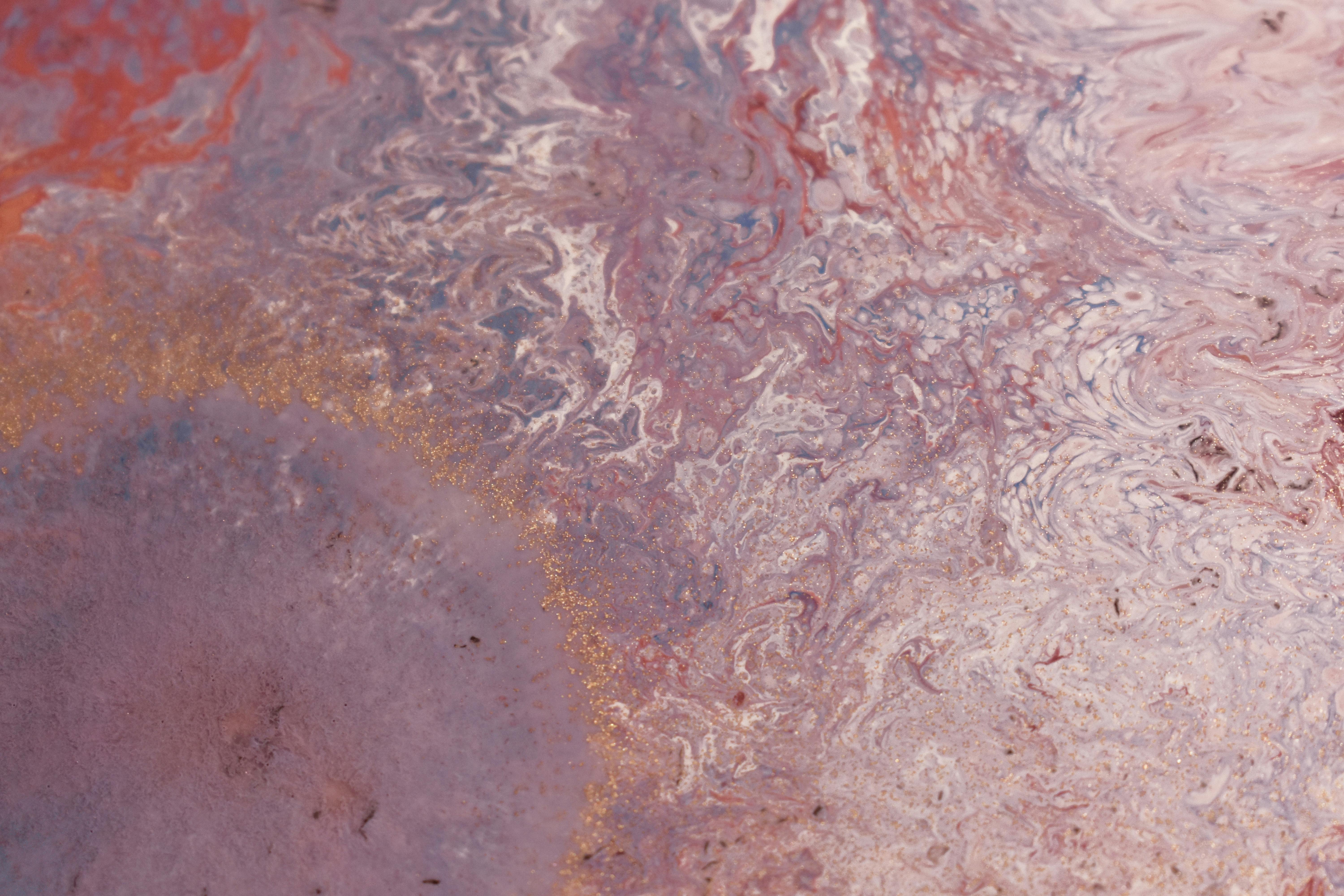Problems with root rot?
Have you tried cloning your plants in an aerocloner and haven’t had much luck? The stem is slimy and the roots are rotting? Most of the time the reason is because you have made a common mistake. If this is your first time using an aeroponic cloner, be sure to follow these guidelines.
The first thing you need to do is make sure your cloner is completely clean, right down to the pump rotor. If you have to reuse neoprene collars, make sure they have been cleaned very, very thoroughly. Try to use food grade cleaners, but you can use bleach if you don’t have anything else. If bleach is used, make sure all residue has been rinsed away. If you think you’ve rinsed it enough, do it one more time. There may be a few reasons why you are root rotting.
Water temperature: Many gardeners don’t realize how hot the water really is. Just because it’s on the basement floor in the summer doesn’t mean it’s great. Make sure the water temperature is not too high. If you stick your finger in the water and it feels warm, it’s probably too hot. Have you ever swum in 70 degree water? 70 degrees feels cool on the skin. With summer time, the water time can increase quite a bit. Keep it around 70-75 and you should be fine. The growth of bacteria takes off in a longer time. For the winter, make sure you don’t keep the aerocloner in the basement. Many times nothing happens and gardeners wonder what is going on. The cold water has stunted the cutting and it stops taking root. You wouldn’t want to take a cold shower in winter, so why would your plant?
pH – Your pH level should be between 5.5 and 5.8 for aeroponics. This is not soil or hydro, a pH of 6 is getting too high. If you don’t have a digital pH meter, you may want to get one. Hanna makes a really good waterproof digital pH/EC/TDS tester that costs around $150. Be sure to test the pH after adding anything to the water.
Preparing your cloner: Some people use a solution of clearener or cloner in the water, but you don’t necessarily have to. However, you can add 3% hydrogen peroxide (H2O2) to the water to help prevent soiling. Add about 1 tablespoon (the measuring type, not the one you eat) of H2O2 per gallon of water.
Just follow these tips and you’ll be good to go!


